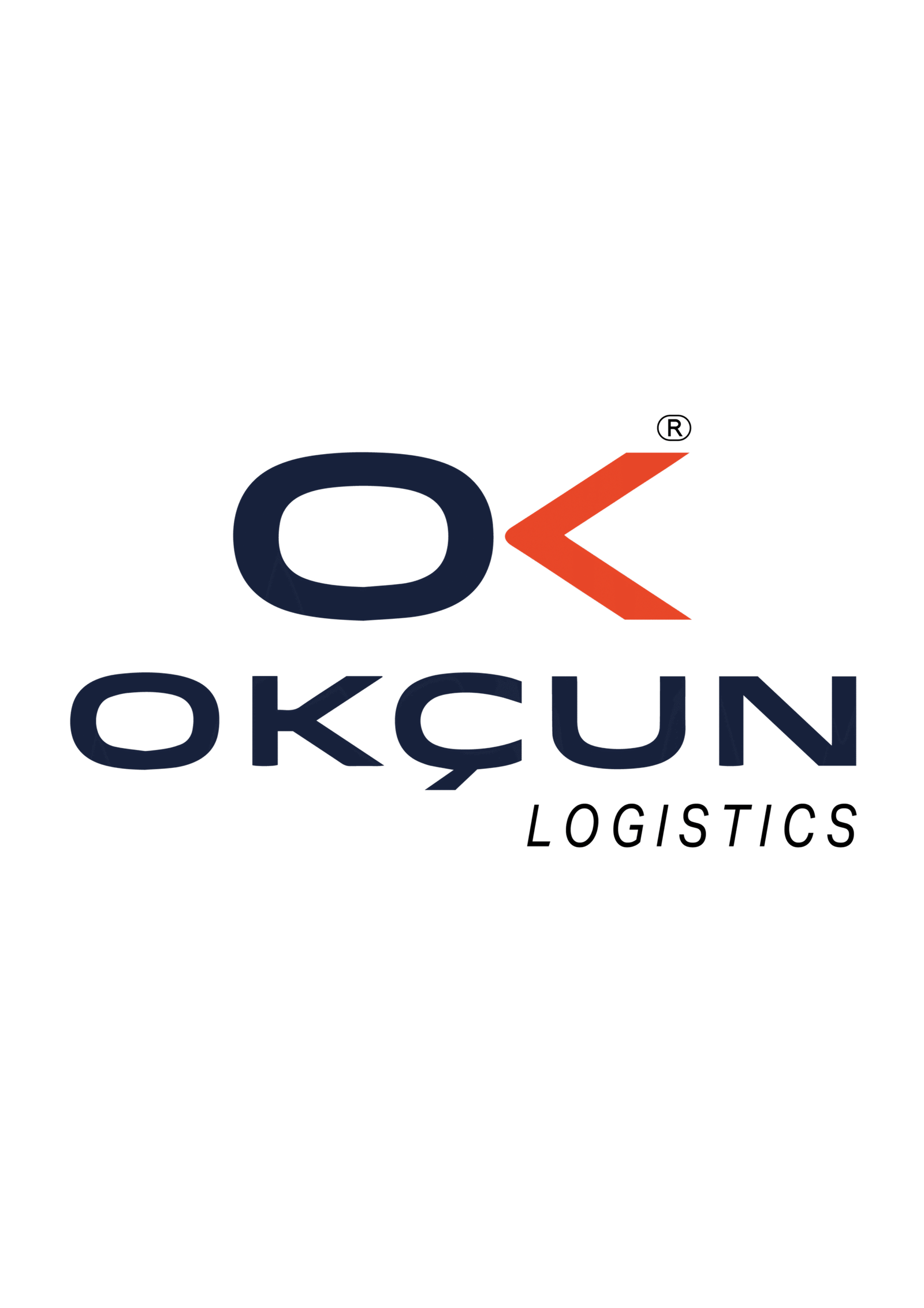Why Choosing the Right Shipping Method Matters
In worldwide and regional trade, shipping is the link between your goods and your customers. Use the wrong method of shipping, and you can expect shipping delays, unforeseen costs, or even damaged goods. This guide will look at the differences of the three main shipping methods: air freight, sea freight, and land freight, and help you determine which is best suited to your business goals.
Air Freight: Speed Meets Cost
Advantages
- Fastest for shipping goods (generally 1-5 days)
- Suitable for urgent goods, high-value goods, or perishable goods
- Generally reliable schedules
Disadvantages
- Expensive compared to other shipping methods
- Limits on cargo size/weight
- More regulations for hazardous materials
Best Use Cases
- Electronics, luxury goods, pharmaceuticals, urgent samples.
Sea Freight: Capacity & Cost
Advantages
- Lowest cost per unit for bulk shipments
- Able to carry extremely large or heavy cargo
- Most appropriate for international long-haul trade
Disadvantages
- Slow transit time (takes weeks — not days)
- Weather issues and delays at the port are possible
- Customs are more complicated
Best Use Cases
- Furniture, raw materials, heavy equipment, and non-urgent bulk goods.
Land Freight: Flexibility for Short to Medium Distances
Advantages
- Cost-effective for regional deliveries
- Door-to-door service, no port handling
- Flexible routes and schedules
Disadvantages
- Limited by available land routes
- Can be delayed due to traffic, border crossing, or road conditions
Best Use Cases
- For regional distribution, agricultural products and consumer goods on a continent
Key Issues to Consider When Selecting a Shipping Method
- Speed of delivery – When timing is crucial, air freight is the fastest method.
- Size and weight of cargo – When items are large and heavy, it is often cheaper to ship sea freight.
- Budget – Air freight is expensive, sea freight is generally the cheapest method, and land freight is a better average solution than air freight.
- Destination and accessibility -in some remote or inaccessible areas, you may need to use combined transport.
- Customs and regulations – Some items may have restrictions for some methods of transport.
A Comparison of Shipping Methods
| Factor | Air Freight | Sea Freight | Land Freight |
|---|---|---|---|
| Speed | Fastest (1–5 days) | Slow (2–6 weeks) | Medium (1–10 days) |
| Cost | Highest | Lowest | Moderate |
| Capacity | Low | Very High | Medium |
| Best for | Urgent, light goods | Bulk, heavy goods | Regional goods |
Final Business Tips
- Use multiple modes together when needed (ex, multimodal shipping).
- Always shop around and ask for quotes from multiple carriers.
- Think about insurance or personal coverage for high-value goods (while storing).
Conclusion: Making the Right Choice for Your Trade
All businesses are different, and there is no one shipping method that is the right fit for every business. Air freight is a winner on speed, sea freight is a winner on price and capacity, and land freight is a winner on flexibility. By analyzing your timelines, budget, and the type of cargo you are using, you can ensure that your products arrive on time and in good condition.
